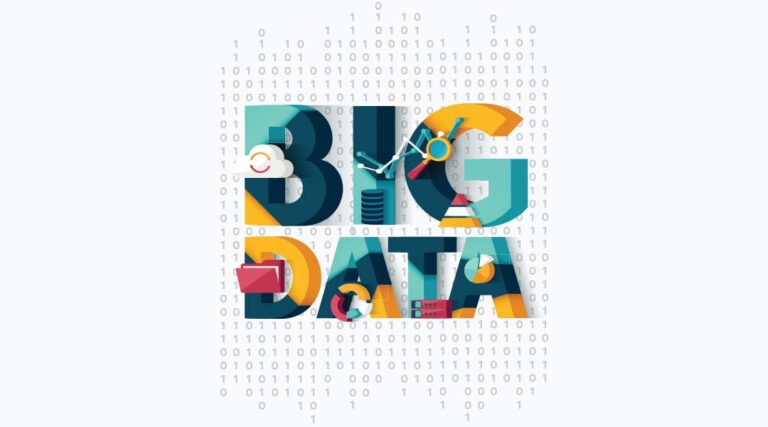
If you have been working with either Cloudera or Hortonworks products, the news of their merger last year might have left you worried about what’s to come for those offerings. At DataWorks Summit this week, the “new” Cloudera tried its best to chase these thoughts away.
While Cloudera has traditionally been more of an “open core” (only core technologies openly available) company, Hortonworks followed – according to Cloudera CMO Mick Hollison – an even more open approach. To set those afraid of a decline in commitment at ease, Hollison was quick to point out that the new company plans to pursue the “100 per cent open source” route. This includes for example making the code of its 32 services available – the licensing strategy however seems to be still in the works.
To make the amount of products the companies fostered manageable, both data platforms will be combined into the best of both worlds “Cloudera Data Platform”. A first release of this is planned to see the light in summer 2019. Besides being open, this enterprise data cloud as Hollision also called it, should offer multi-function analytics, governance and security, and support hybrid as well as multi-cloud scenarios (and Kubernetes of course).
The first edition will concentrate on the public cloud case supporting only Azure and AWS for now. A version allowing private setups is planned to hit the enterprise data cloud market – which Cloudera has “every intention of leading” – by the end of the year or in early 2020.
Those deciding on using the new platform in their own data centers will, according to vp product management Fred Koopmans, get around two new versions a year moving forward. Public cloud service users on the other hand will see a faster turnaround with new features being pushed one or more times a month.
With the release of the Cloudera Data platforms, former Hortonworks Data Platform users will get access to new functions for machine learning and searches amongst other things. CDH customers on the other hand will for example see the introduction of expanded operation tools, a cybersecurity solution (Apache Metron), a service offering for remote cluster management and an integrated platform for data ingestion and streaming.
Something that isn’t so clear yet is the question of which services the development team will focus their energies on looking forward, since keeping the same level of commitment to all the old tools seems highly unlikely.
To help during the transition, Koopmans promised direct upgrade paths to the latest platform versions of CDH and HDP to make the next step easier, since some customers seem to not have made the jump yet. On the roadmap are also “portability and migration tools” to give those some reassurance that fear the often discussed vendor lock-in.
A unified security and control plan is supposed to make the new offering even more enticing, since managing those in other cloud offerings when using a combination of tools tends to get stressful nowadays.
